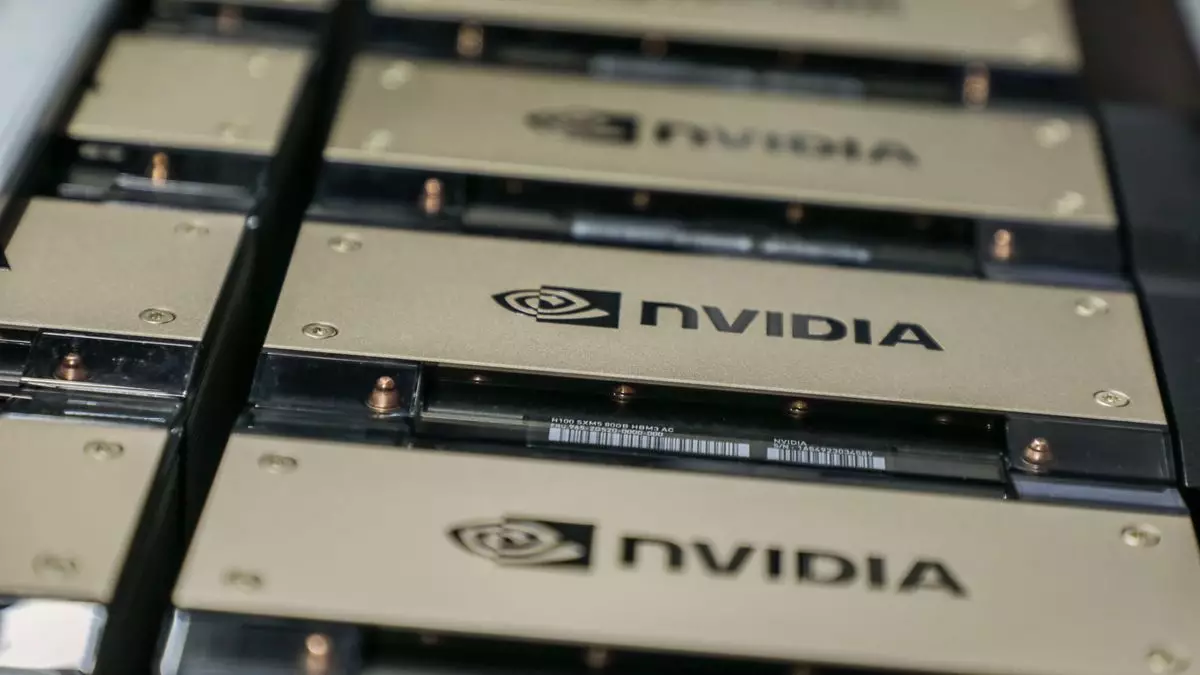Nvidia has long been a name synonymous with graphics processing, particularly in the realm of gaming and data centers. However, the company’s latest advancements, particularly regarding its Deep Learning Super Sampling (DLSS) technology, have only recently come under the spotlight, thanks to a revelation about its dedicated supercomputing capabilities. This article explores the significance of Nvidia’s six-year endeavor to enhance DLSS through a bespoke supercomputer, which is a game-changer for the future of graphics and gaming experiences.
It might seem obvious that a leading GPU manufacturer such as Nvidia would possess a cutting-edge supercomputer dedicated to research and development. Yet the sheer scale of this operational arm can be surprising. According to Nvidia’s VP of Applied Deep Learning Research, Brian Catanzaro, the supercomputer is equipped with thousands of the latest GPUs and operates around the clock, continuously improving DLSS capabilities. This dedication to ongoing enhancement reflects Nvidia’s commitment to ensuring DLSS remains a frontrunner in the realm of graphical upscaling technologies.
Catanzaro’s insights underline a revelation about the resources allocated to refining DLSS. This isn’t merely a project with sporadic attention but a sustained, intensive process designed to tackle specific rendering challenges that gamers face today. Nvidia’s focus on continuous improvement emphasizes its seriousness in establishing DLSS not just as a product, but as a continually evolving service that adapts and improves over time.
Advancements with DLSS 4
The introduction of DLSS 4 marks a significant transition, moving away from traditional convolutional neural networks to a more sophisticated transformer model. This leap not only enhances image quality but also improves performance across various gaming platforms. Catanzaro elaborated on these advancements during the RTX Blackwell Editor’s Day, highlighting how this new architecture enables better handling of complex graphics scenarios.
What’s compelling about this transition is the emphasis on data analytics. The supercomputer’s role extends beyond just processing. It actively analyzes instances where DLSS might fail—leading to issues such as ghosting or blurriness—and systematically works to understand why these failures occur. This analytical approach allows Nvidia to compile and expand its training datasets effectively, speeding up the learning process and improving the outcome of the DLSS models.
The implications of this supercomputing capability extend into the realm of game development itself. As DLSS continues to evolve, game developers stand to benefit from an increasingly sophisticated technology that not only enhances visual fidelity but also optimizes performance. This creates a dual advantage: allowing creators to push the boundaries of graphical artistry while maintaining smooth performance on varied hardware configurations.
Moreover, the concerted effort to enhance DLSS reinforces the importance of collaborative learning within the gaming community. Developers can provide specific feedback on DLSS performance, which Nvidia can then integrate into its training models, resulting in a continuously refining feedback loop that drives innovation in rendering technology.
Nvidia’s commitment to advancing DLSS through the use of its dedicated supercomputer signifies an important trend in the field of computer graphics: the need for continuous refinement and adaptation. By leveraging thousands of GPUs to conduct persistent learning and improvement, Nvidia demonstrates a proactive approach to ensuring that its technologies remain state-of-the-art.
As gamers demand richer experiences with sharper graphics and seamless performance, Nvidia’s focus on solving picturesque dilemmas will continue to shape the future of gaming. The evolution of DLSS is not merely a technological progression; it’s a paradigm shift where the boundaries of possibility are constantly being pushed. In doing so, Nvidia reaffirms its position as a leader in not just GPU manufacturing, but also in the realm of innovative solutions for the gaming community.

